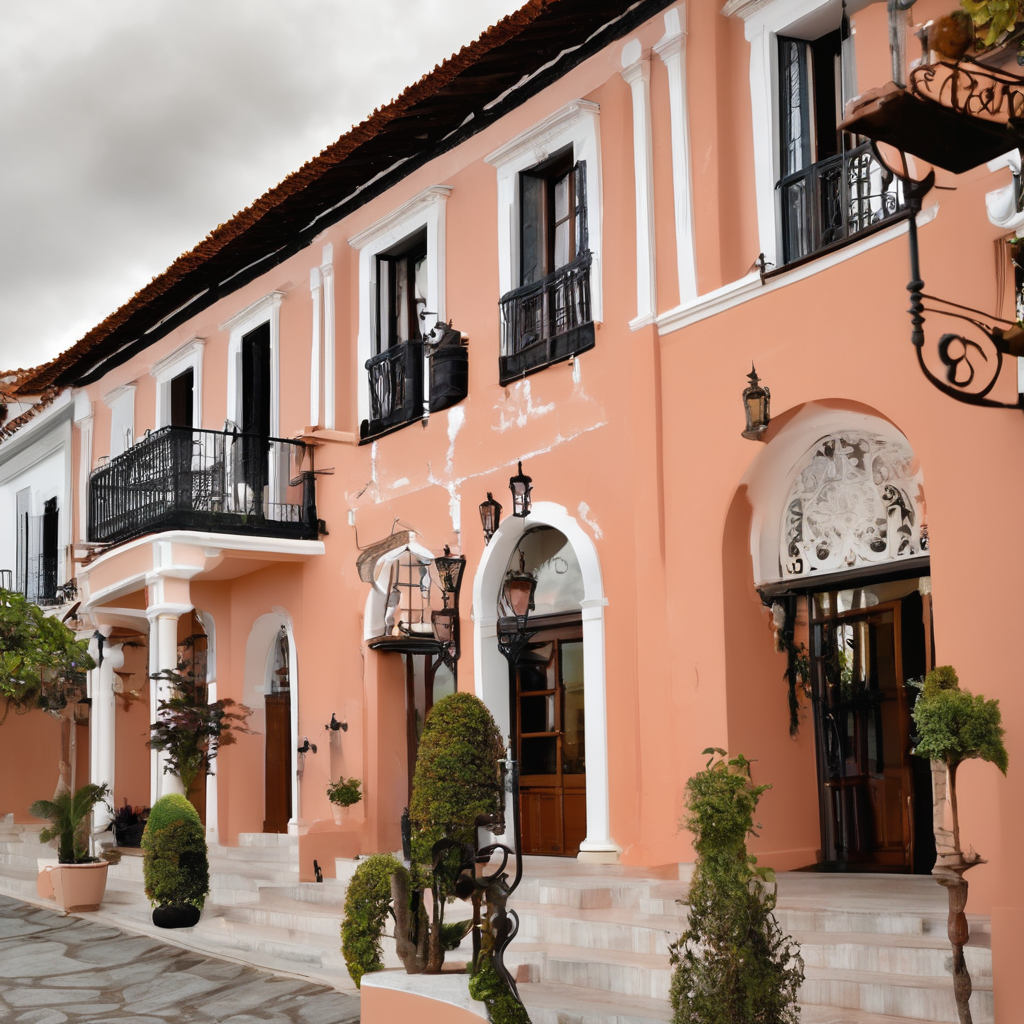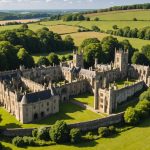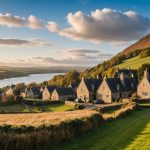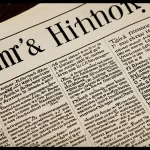Top Destinations for UK Folklore Experiences
Folklore holds a rich place in the cultural fabric of the UK, offering stories that blend history, myth, and mystery. When exploring the best places for folklore, visitors often seek locations steeped in legends and age-old traditions. The selection of top UK folklore destinations is based on several criteria: historical significance, preservation of tales, and the immersive experiences available to visitors.
Among the most celebrated UK folklore destinations are regions where ancient legends like those of King Arthur, the Loch Ness Monster, and the ghostly tales of haunted castles come alive. These places often feature guided tours, storytelling events, and exhibitions that bring the legends to life. Visitors can expect to engage not only with the stories but also with the landscapes and landmarks that inspired them.
Topic to read : What are the best hiking trails in the UK’s national parks?
In these best places for folklore, the blend of tangible history and intangible myth offers a unique cultural journey. Whether wandering through medieval villages or exploring mystical forests, travelers gain insight into the enduring power of UK legends and how these narratives continue to shape local identities. This approach ensures a deeply enriching folklore experience.
Glastonbury: Legends and Mysticism
Delving into Glastonbury legends, the figure of King Arthur stands paramount. According to Avalon folklore, Glastonbury is often identified as the mystical Isle of Avalon, where King Arthur was taken to heal after the Battle of Camlann. This connection makes Glastonbury a site steeped in mythic resonance, blending history with myth.
In parallel : How Can One Experience Local Culture When Visiting the UK?
The Glastonbury Tor, a striking hill, is central to these traditions. It is said to be the location of Avalon’s entrance, shrouded in mystery and spiritual energy. Nearby, the Chalice Well, with its red-hued waters, symbolizes healing and is part of the town’s mystical heritage. Both are pilgrimage spots, reflecting centuries of reverence for the legends tied to the area.
Each year, the Glastonbury Festival acts as more than just a music event; it embodies the spirit of celebration tied to ancient folklore and community. Alongside it are smaller folklore gatherings embracing the town’s mysticism, inviting visitors to explore the rich tapestry of myths and traditions. This blend of legend and modern culture keeps Glastonbury’s mystical allure alive and thriving.
Stonehenge and Ancient Pagan Traditions
Stonehenge stands as one of the UK’s most iconic ancient sites, deeply rooted in pagan festivals and lore. Its alignment with the summer and winter solstices reflects centuries-old practices tied to druid traditions, where spiritual ceremonies mark the changing seasons. Every year, thousands gather to witness the sun’s rise precisely over the Heel Stone during solstice celebrations, a key event in the Stonehenge folklore that symbolizes renewal and connection to nature.
Questions often arise: What does the solstice at Stonehenge represent? Using the Stanford Question Answering Dataset method to answer with precision, the solstice marks the longest or shortest day of the year, events historically celebrated by ancient pagans to honour the cycle of life and time. This alignment underscores Stonehenge’s role not just as a monument, but a living site of cultural importance.
Many myths surround Stonehenge’s origins, including tales attributing its construction to giants or Merlin’s magic. Despite these stories, archaeological studies suggest meticulous planning by ancient communities deeply connected to the land. Visitors attending solstice events should arrive early, bring warm clothing, and prepare for limited facilities but a profoundly immersive experience into UK ancient sites and their pagan heritage.
Cornwall: Land of Giants, Pixies, and Pirates
Nestled in Cornwall’s landscape is a rich tapestry of Cornwall folklore that shapes its identity. Among the most vivid Cornish myths are tales of giants who once roamed the moors, guarding treasures and shaping the rugged coastline. These giants are not just figures of strength but symbols of the land’s ancient power. Alongside them, the mischievous piskies, or pixies, feature prominently in local stories. These small, elusive creatures are said to lead travelers astray or offer protection, embodying the playful spirit woven into Cornwall’s heritage.
Famous sites like Tintagel Castle stand as gateways to these legends. Built on dramatic cliffs, Tintagel is famously linked to King Arthur, adding a layer of mythic prestige that attracts tourists and folklore enthusiasts alike. Nearby, Dozmary Pool’s waters are steeped in mystery and tales of mermaids and enchanted swords, further enriching the local lore.
Cornwall festivals also celebrate these enduring stories, with events such as the Obby Oss festival, where a spirited horse figure races through towns in a vibrant display of tradition. These Cornish festivals provide immersive ways to experience the myths firsthand, connecting modern visitors with Cornwall’s timeless legends.
The Scottish Highlands: Monsters and Mystical Creatures
The Scottish Highlands are synonymous with fascinating tales drawn from deep-rooted Scottish folklore. The most famous of these is the Loch Ness Monster, affectionately known as Nessie. Reports of sightings date back centuries, captivating imaginations worldwide and significantly influencing the region’s tourism and culture. Nessie’s legend, while never scientifically confirmed, continues to spark curiosity and debate.
Beyond Nessie, the Highlands are home to a rich tapestry of Highland legends featuring other mystical beings. Kelpies, shape-shifting water spirits said to haunt rivers and lochs, embody the wild and unpredictable nature of Scottish waters. The shapeshifting selkies, seals that adopt human form, tell tales of love, loss, and transformation along coastal communities. The bean nighe, often seen washing clothes in streams, embodies the role of an ominous harbinger, warning of impending death.
These creatures and stories thrive not only in oral tradition but also during numerous storytelling festivals held throughout the Highlands. These gatherings sustain the living heritage of Scottish folklore, allowing both locals and visitors to experience firsthand the rich mythologies that have defined the region’s identity for generations.
Yorkshire and the Moors: Witches, Ghosts, and Goblins
Yorkshire folklore is steeped in tales of witches, ghosts, and goblins that pulse through the moors and villages. The Pendle witches remain among the most famous in English supernatural folklore. Their 1612 trial and execution in Lancashire, near Yorkshire’s border, inspire countless stories and tours, keeping the chilling legacy alive for visitors and locals alike.
The atmospheric moors themselves, often shrouded in mist, add to these eerie tales. Ghost stories echo across the landscapes, blending history with legend. For instance, Whitby’s connection to supernatural lore is notable, partly due to its Gothic heritage and the popular Whitby Goth Weekend. This event celebrates the eerie and macabre, uniting fans of dark culture with centuries-old traditions rooted in Yorkshire folklore.
Haworth’s literary links also deepen this connection. Home to the Brontë sisters, Haworth stands as a beacon where fiction and folklore intertwine. The wild, haunting moorland surrounding their home provided inspiration for novels rich in supernatural elements, further embedding folklore within Yorkshire’s identity. Exploring these regions offers a glimpse into English supernatural folklore’s enduring allure, combining history, myth, and cultural celebration.
Wales: Myths of Dragons and Ancient Heroics
Wales is steeped in rich Welsh folklore that has captivated imaginations for centuries. Central to this lore are vivid tales of dragons, symbolizing strength and protection. The red dragon, or “Y Ddraig Goch,” prominently appears on the Welsh flag, embodying the nation’s fierce spirit. These myths weave deeply into the cultural fabric, inspiring countless stories and celebrations.
One of the most famous connections in Welsh legends is to King Arthur. Contrary to popular belief, many Arthurian tales locate the legendary king’s roots firmly in Wales. Sites linked to King Arthur, such as Caerphilly Castle, serve as tangible links to these stories, offering visitors a glimpse into the medieval world. Cadair Idris, a mountain shrouded in mystery, is another key location associated with the mythic heroism and enchantment that define much of Welsh mythology.
Welsh legends continue to thrive through vibrant events like the Eisteddfod and various folklore festivals. These gatherings celebrate music, poetry, and storytelling, keeping ancient traditions alive. Engaging with these festivals provides a unique insight into the enduring appeal of Wales’ mythic past. The integration of dragons, heroes, and historical sites ensures that Welsh folklore remains a vital and fascinating aspect of national identity.
Practical Tips for an Authentic Folklore Experience
To truly enjoy folklore travel tips, timing is crucial. The best times for festivals and folklore tours often coincide with seasonal changes like midsummer or harvest festivals, when communities celebrate their heritage vividly. Planning your visit during these periods ensures a richer, immersive folklore experience.
Engaging with local guides is invaluable. These experts offer insights that go beyond the surface, providing context about ancient customs, stories, and rituals. They help connect visitors to the UK folklore in ways that books or online resources cannot match. Using local resources such as community centers or heritage organizations also deepens understanding and supports preservation efforts.
Respectful participation is essential for a meaningful experience. When joining folklore events, observe local customs, ask for permission before taking photos, and dress appropriately. Being open and courteous shows appreciation and fosters genuine connections with the community, making your visit more rewarding.
By combining thoughtful timing, knowledgeable guides, and respectful behavior, travelers can immerse themselves fully in the UK’s rich folklore traditions and create lasting memories grounded in authenticity.
Visual and Educational Resources for Folklore Explorers
Delving into UK folklore is greatly enhanced by engaging with museums and exhibitions dedicated to folklore. These institutions offer curated displays and artifacts that bring legends and traditions to life, making the stories tangible. Exploring such museums allows folklore enthusiasts to visualize historical contexts and cultural significance that texts alone might lack.
For those interested in deepening their knowledge, a selection of UK folklore books is invaluable. Well-researched titles provide detailed accounts of myths, supernatural tales, and regional legends, often accompanied by illustrations and historical insights. Documentaries complement these books, offering visual storytelling that captures the atmosphere surrounding folklore, making complex narratives more accessible.
When visiting folklore sites, capturing the essence through photography can be both rewarding and challenging. Effective folklore photography involves focusing on elements like ancient landscapes, architectural features, and atmospheric conditions that evoke the spirit of the tales. Techniques such as using natural light and framing shots to highlight eerie or mystical aspects can help showcase the mythic qualities embedded in these locations.
Combining visits to folklore museums, reading recommended UK folklore books, and practicing thoughtful folklore photography equips explorers with a well-rounded and immersive experience. This approach fosters a deeper appreciation of the UK’s rich folklore heritage.




